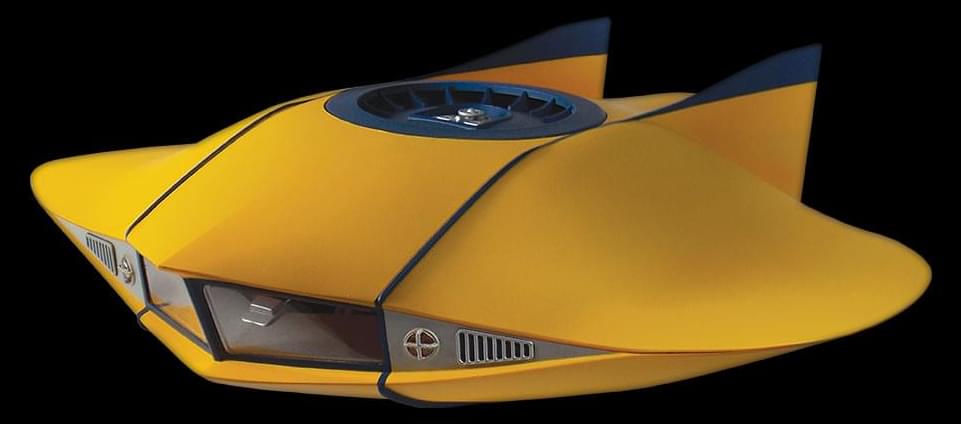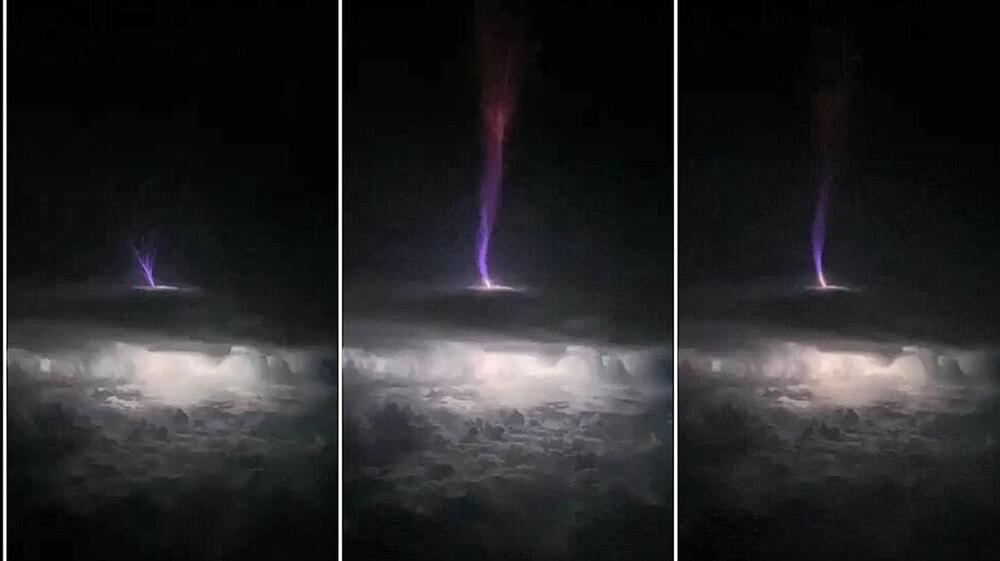Steven PostrelIrwin Allen called…
When producer Irwin Allen’s popular television series Voyage to the Bottom of the Sea debuted its second season on ABC in September, 1965, viewers would note some exciting changes and additions to the show. Voyage was now broadcast in color, the nuclear submarine Seaview had been modified into a sleeker, four-windowed look, and the show would feature an important new star: the Flying Sub, a vehicle that flies through the air at incredible speeds and submerges to travel underwater at great depths.
The Flying Sub (also referred to as the FS-1) quickly became a signature element of the show, featured in almost every episode not only as a quick transport from the Seaview to land, but as an underwater exploration and defense vehicle that could dock at underwater research laboratories or on other submarines, and do battle with the menagerie of undersea monsters that threatened the Seaview. With its upswept, manta ray-like shape, vivid yellow-and-blue paint scheme, twin stabilizer fins, upper and lower hatches, gleaming headlights and the large forward windows that allowed viewers to actually see Admiral Nelson and Captain Crane (or at least miniature figures of them) at the controls of the craft, the Flying Sub became one of the most familiar and unique sights on ABC television in the 1960s, adding action and excitement to a TV show already overflowing with visual wonders.
Moebius Models presents an authentic 1/32-scale reproduction of the Flying Sub. This spectacular, high-end collectible is a fully finished, large-scale deluxe replica featuring incredible detail, highlighted by authentic lights and sounds. A true work of art created for the discriminating collector, the FS-1 Flying Sub Gallery Edition is limited to 300 pieces, includes a certificate of authenticity and is offered in deluxe collector’s packaging.








